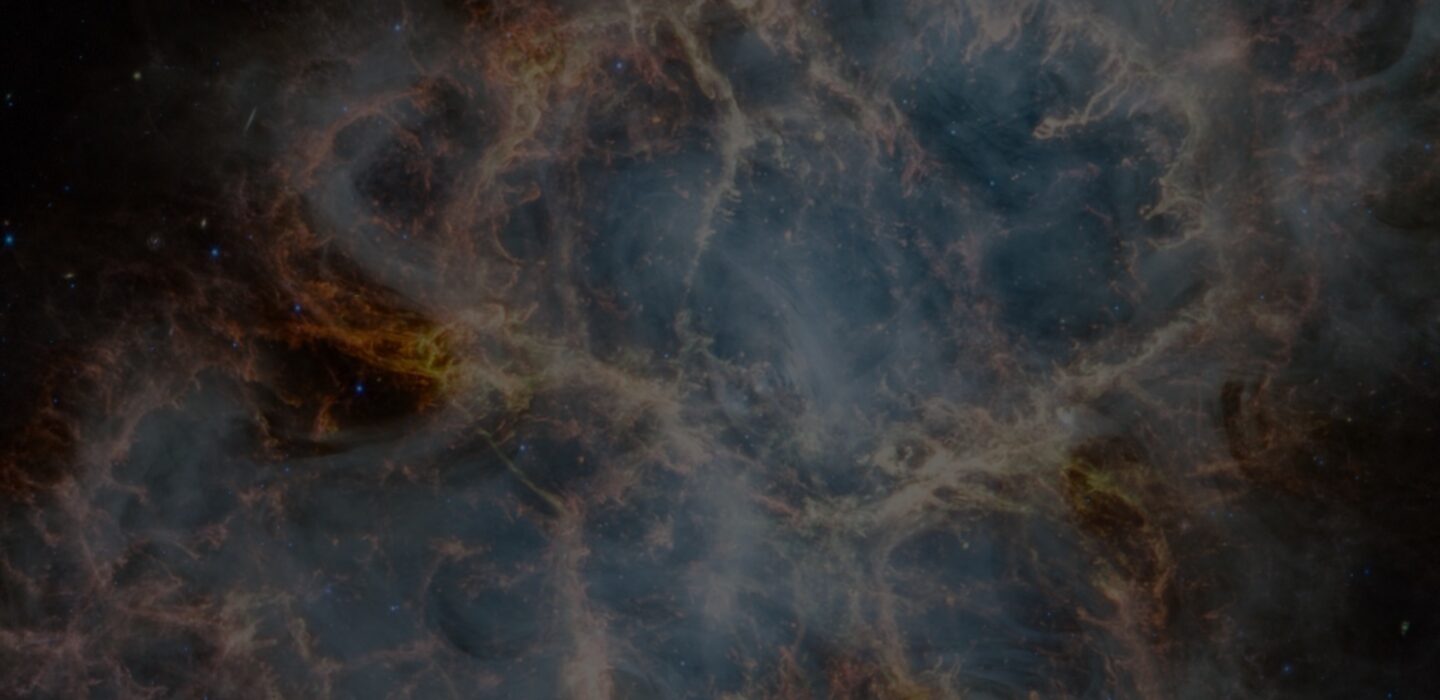A System Of Three Large Short-period Planets With A Massive Long-period Companion
TOI-4010 is a metal-rich K dwarf star that hosts three transiting exoplanets detected by NASA’s Transiting Exoplanet Survey Satellite (TESS), which is based at MIT. The planets were initially detected as part of the “TESS Faint Star Search”, which has uncovered almost 3000 TESS planet candidates to date. We confirmed all three planets using extensive ground-based follow-up observations, including radial velocity (RV) observations with the HARPS-N spectrograph to measure their masses. Surprisingly, the HARPS-N RV observations also revealed the presence of a fourth planet in the system – a super-Jupiter-mass companion in a possible 2-year orbit.
TOI-4010 contains a sub-Neptune (~3 times the size of the Earth) and two sub-Saturns (~6 times the size of the Earth) in short-period orbits. This is the first and only known planetary system with three planets larger than three times the size of the Earth with orbital periods less than 15 days, making it an unusual outcome of planet formation/evolution. Most multi-planet systems contain smaller planets.
The inner-most planet, TOI-4010 b, lies in the “hot Neptune desert”, which is a dearth of Neptune-sized planets that orbit close to their stars. Open questions remain about how planets in the desert can exist. Furthermore, almost all Hot Neptune desert-dwellers lack planetary companions, while TOI-4010 b is one of the only hot Neptunes known to exist in a multiplanet system.
TOI-4010 d is the most massive sub-Saturn-sized planet ever discovered in a system with at least three exoplanets.
Based on their low densities, all three planets host atmospheres amenable to atmospheric characterization. TOI-4010 is one of the only systems for which we can characterize the atmospheres of three planets in the same system, making this an intriguing target for the James Webb Space Telescope (JWST).
Read full story
